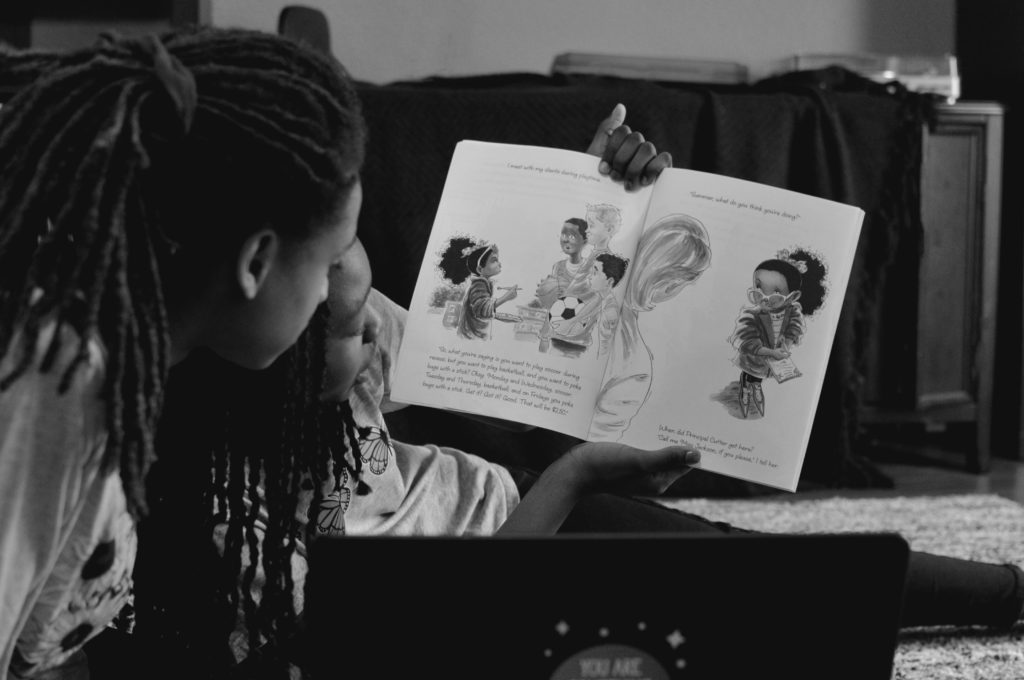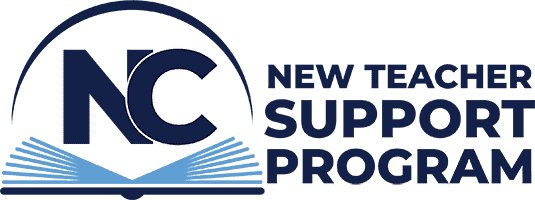Getting Started with Culturally Responsive Teaching
How do your students see themselves as learners in your classroom? In what ways are they able to connect their knowledge and background experiences to what they are learning? How are their ways of knowing and learning honored in their learning spaces?
These questions are important in a classroom that embraces culturally relevant, or culturally responsive approaches to teaching. In her book, Culturally Responsive Teaching and the Brain, Zaretta Hammond calls on us to think about how culture intersects with learning, and what all of it has to do with neuroscience. For example, when processing new information, the brain maps new ideas and learnings onto what is already known and understood. Learning happens best when new information makes sense with what a student already knows. So much of what is already known depends on any student’s cultural knowledge and background.
This approach is more than just referencing different cultures in your classroom. Gloria Ladson-Billings explains that it “empowers students intellectually, socially, emotionally, and politically by using cultural referents to impart knowledge, skills, and attitudes. These cultural referents are not merely vehicles for bridging or explaining the dominant culture; they are aspects of the curriculum in their own right” (from The Dreamkeepers, p. 20). With culturally relevant teaching, we allow students’ cultural identities to become part of the classroom, so that students of all backgrounds are positioned to see themselves as learners and full members of the school and classroom community.
Culturally responsive teaching is not a quick fix, nor is it a simple add-in to your curriculum. It does require some reflection and commitment. Wondering how to get started? Here are some ideas:

- Start with critical self-reflection. Ask yourself questions like: How are your students feeling in your classroom space? Do they all see themselves reflected as learners in a positive light? In what ways does your classroom and teaching reflect your background? In what ways can you make more space for students’ backgrounds and experiences?
- Embrace new mindsets, and build your knowledge base. Embrace a mindset that positions all students as capable learners. Empower them to add their voice to the classroom and their learning experience. Ask your students questions about how they learn best, and how they work best in a learning community. Seek knowledge about their own cultural backgrounds.
- Conduct a curriculum audit. Ask yourself: in what ways do students see themselves reflected in the curriculum? In what ways can adjustments be made to reflect and support students’ cultural knowledge and strengths?
- Commitment and continuity. Remember that culturally responsive teaching is not a quick-fix, an add-on to the curriculum, or a one-size-fits-all approach. When embraced as an approach to teaching and learning, all of your students get to experience a sense of belonging, safety, respect, and potential in your classroom.
With the holidays approaching, your students are likely to have different cultural experiences, which makes it a unique time to reflect on the ways students can see themselves reflected in their classrooms and learning experiences. How will you invite their experiences into your classroom this month?
Hammond, Z., & Jackson, Y. (2015). Culturally Responsive Teaching and the Brain: Promoting Authentic Engagement and Rigor among Culturally and Linguistically Diverse Students. Corwin.
Ladson-Billings, G. (2009). The Dreamkeepers: Successful Teachers of African American Children, 2nd edi. John Wiley & Sons.
Contributor: Jackie Aponte, UNC
